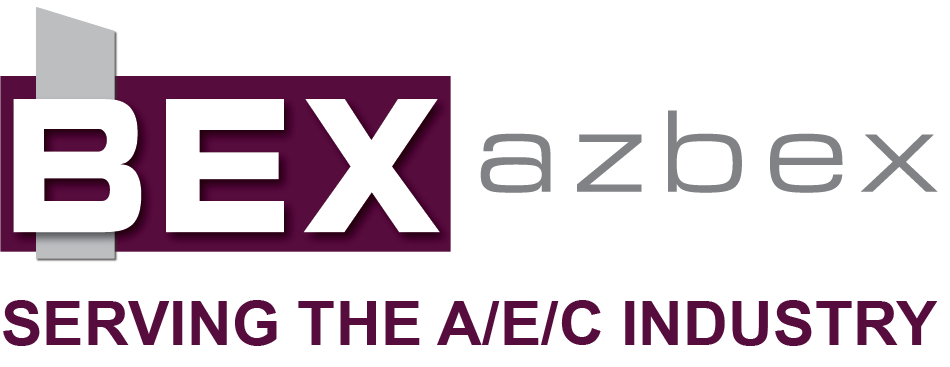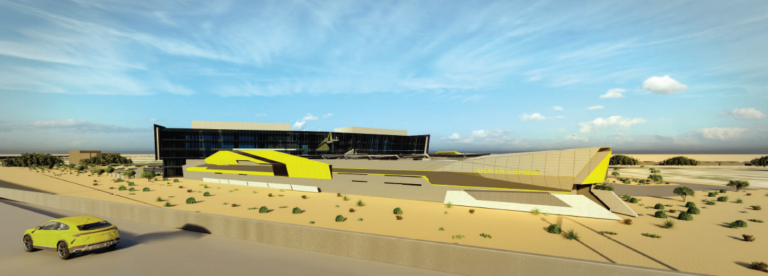By Roland Murphy for AZBEX
The expected referendum opposing the Scottsdale City Council’s approval of Axon Enterprise’s master-planned corporate campus and headquarters development at Hayden Road and Mayo Blvd. has economic development leaders nervous.
News reports announced Scottsdale City Clerk Ben Lane has certified the petition drive by opposition group Taxpayers Against Awful Apartment Zoning Exemptions secured enough valid signatures to put the matter before voters. While TAAAZE leader, former City Councilmember Bob Littlefield, and other opponents have said they welcome the planned 401KSF headquarters that was originally approved, they oppose the nearly 1,900 multifamily units, six retail buildings, 435-room hotel, and seven restaurants that make up the rest of the planned campus.
Axon says it wants the supporting components to help it draw top-level talent and that it will provide an economic engine for the city. The 10-year projected economic impact for the campus and headquarters development is $38B. (AZBEX; Dec. 18, 2024)
Recapping the Opposition
Immediately following Council’s approval in November, TAAAZE launched a petition drive funded by in-kind donations from Public Integrity Alliance (aka Arizona Public Integrity Alliance) and, to a lesser extent, Worker Power. (AZBEX; Jan. 22)
PIA is a Mesa-based political activist organization run by Tyler Montague out of his home. Working primarily behind the scenes, the group has involved itself in a number of political campaigns over the years, some of which have led to trouble for the group and its leader.
In 2013 Montague was forced to issue an apology for “a lack of integrity” associated with an ad campaign against then-Attorney General Tom Horne. He also was investigated for illegally placing campaign signs around Gilbert during the 2020 mayoral election.
While the Arizona Corporation Commission shows Arizona Public Integrity Alliance, Inc. as an active nonprofit, the Arizona Secretary of State Lobbyist System shows its status as “Inactive.” The group’s website is also no longer in use.
Following the release of TAAAZE’s campaign finance report, Montague was quoted as saying PIA made its more than $400K in-kind donations to “hold our elected leaders accountable regarding a land deal that amounts to a massive subsidy for Axon at the expense of taxpayers, neighborhoods and our schools,” and “to prevent billion-dollar companies from steamrolling residents and taxpayers.”
Worker Power is the political arm of Unite Here Local 11, a California-based labor union. The two groups have undertaken a variety of opposition campaigns in Arizona, working to scuttle approvals for mixed-use projects with hospitality components that do not agree to name Unite Here as the service workers’ collective bargaining representative at future businesses that will operate on the sites. (AZBEX; Jan. 28)
Worker Power launched a lawsuit against South Pier that was ultimately dropped. The group was instrumental in pushing the Arizona Coyotes’ proposed Tempe Entertainment District to a referendum following that project’s Tempe City Council approval and directed much of the public outreach against it. That project’s defeat at the polls ultimately led to the plan being scrapped and the Coyotes relocating to Utah.
Worker Power also has an ongoing series of efforts to stop the VAI Resort master-planned development in Glendale, most recently pushing a referendum against an office and parking component.
The union presented Axon with a proposed agreement naming it as the representative for service workers on the corporate campus, in exchange for which it would not oppose the development. Axon rejected the offer, referring to it as “a shakedown.” (AZBEX; Dec. 17, 2024)
All told, the master-planned projects targeted by Worker Power have (or had) estimated construction values of roughly $5.35B and exponentially greater multi-year economic impacts. Axon’s campus operations alone have been projected to have an impact of $3.5B annually.
Officials Worried About Economic Repercussions
In the same Independent Newsmedia article announcing the City Clerk’s certification, area economic development leaders expressed their concerns about both the near- and long-term impacts of Axon potentially leaving the Valley.
The next scheduled election where the referendum could go on the ballot is November 2026. Newly elected Mayor Lisa Borowsky and the City Council could call a special election, but Borowsky has said she opposes the idea because of the expense.
Axon CEO Rick Smith has said waiting until 2026 to find out if the campus project will be allowed to continue is too much uncertainty for too long a period. If a special election were called in 2025, the company would stay and fight for the development with a public education campaign about its benefits. If it goes until 2026, Smith said the Axon will look for a new home elsewhere, almost certainly in another state.
Arizona Technology Council CEO Steven Zylstra was quoted in the article saying it would be “a disaster” for Scottsdale and the Arizona tech sector if Axon leaves.
“I see this purely as NIMBYism,” Zylstray said. “Housing prices in Arizona have gone up significantly over the past how many years and it’s because we don’t have enough housing stock. There is obviously demand for more of that. This idea of building a multi-use facility that has restaurants, a hotel and housing is the trend … I just think (the opposition is) very, very, very short sighted.”
The article also quoted Greater Phoenix Economic Council President and CEO Chris Camacho, who said, “If Axon moves its headquarters out of market, the region’s reputation as an environment that fosters innovative companies would certainly be diminished. Supporting Axon’s project is not just about retaining one company – it’s about securing Scottsdale and the region’s place as a hub for top-tier companies with a dynamic, diversified economy.”
Camacho also referenced the estimated 5,500 high-wage jobs that would leave with the company and said forcing Axon out would “send a chilling message to other high-tech companies considering expansion into Scottsdale.” He added companies looking to build or grow in Arizona need to be able to access both talent and infrastructure to develop their operations and support their workforce.
Councilmember Solange Whitehead is the only remaining member of the City Council who voted in favor of the Axon approvals. Both Barry Graham and Kathy Littlefield, wife of Bob Littlefield, were the two “nay” votes last November. Mayor Borowsky and the three new members were elected on anti-development, “resident friendly” platforms backed by the segment of the community opposing large new projects, particularly in multifamily.
Like most cities, Scottsdale is facing a series of budget challenges due to changes in revenue streams and the spike in inflation over recent years. Multiple articles have reported on the City’s cost overruns for projects under its voter-approved 2019 bond, which has been another point of contention with residents.
The referendum and budget issue have given Borowsky a convenient out. Holding a special election would cost the City at least $250K. The Mayor has said she will only support calling an election this year “so long as it didn’t cost the taxpayers anything — nothing at all,” which is impossible.
If Borowsky refuses to call the election, Axon will almost certainly leave, taking with it a $43B company currently providing 900 direct jobs with a 2023 annual revenue of nearly $1.6B. If she does call the election in 2025, and Axon wins enough votes to go ahead with its development, Borowsky and Council will likely be seen as the ones who failed the NIMBY contingent that put them in office and allowed what they will see as the blight of new 1,895 multifamily units to sully their “special” city.
In the first presentation of BEX’s 2025 Construction Activity Forecast (more on that is coming in our Feb. 7 issue) BEX Founder and President Rebekah Morris discussed market uncertainty as a major factor facing Arizona construction and development this year.
What is certain is Scottsdale is currently standing on a precipice in terms of both construction and its economic development landscape for the next decade that, if its leadership takes the easy way out and walks itself over the edge by deciding not to decide, will take much of the rest of the state with it.
Even with the notion of 1,900 multifamily-style residences being anathema to a portion of Scottsdale’s population and most of its current leadership, halting their development versus driving off a company that has been a leading employer and corporate citizen for 30 years and wants to contribute $38B in economic development to the city and area over the next decade would probably be easy math anywhere else.


